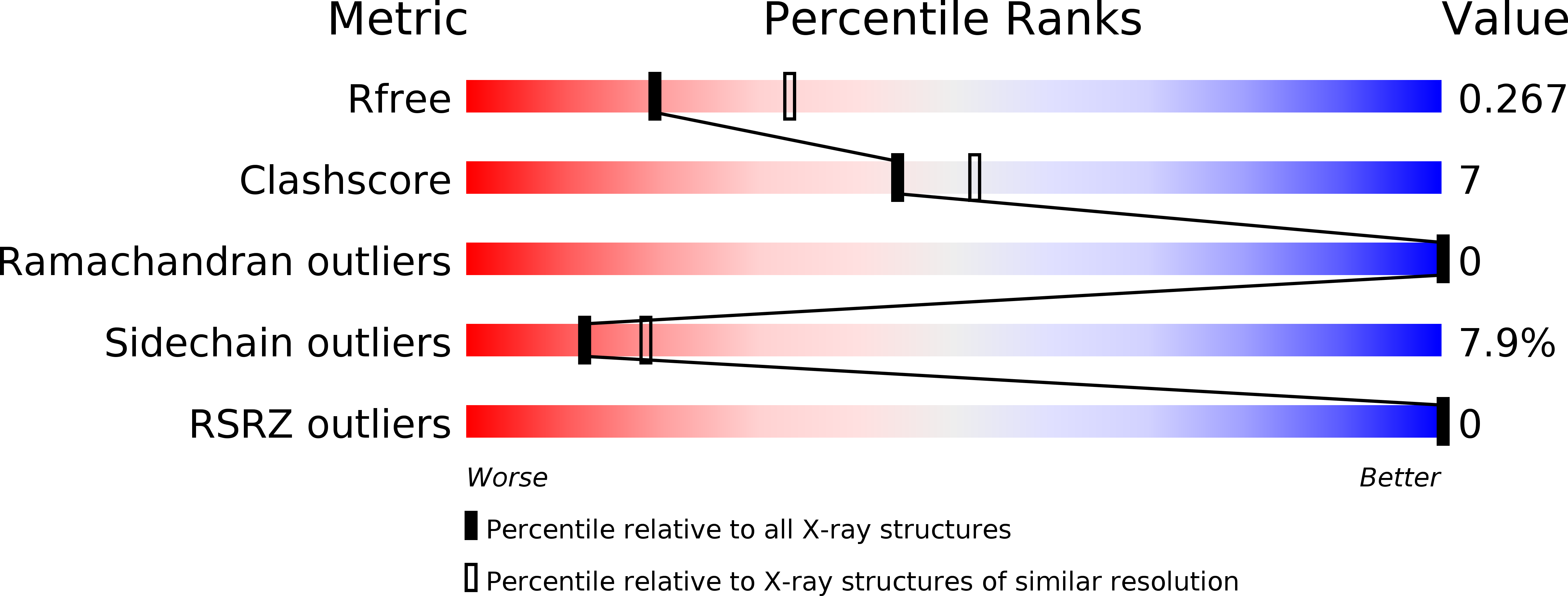
Deposition Date
2011-07-13
Release Date
2012-02-15
Last Version Date
2023-09-13
Entry Detail
Biological Source:
Source Organism:
Pseudomonas putida (Taxon ID: 160488)
Host Organism:
Method Details:
Experimental Method:
Resolution:
2.63 Å
R-Value Free:
0.23
R-Value Work:
0.21
R-Value Observed:
0.21
Space Group:
P 61


